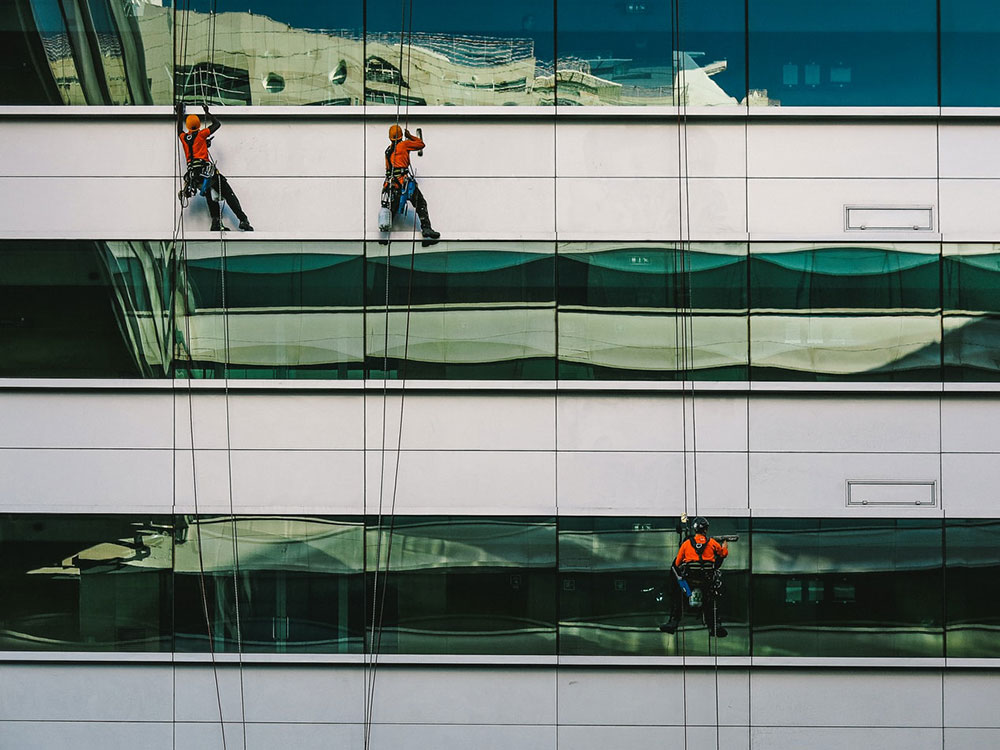Advertisement
While planning a hike or climbing session, you will need to have a harness. That’s your protection from falling off and breaking your head! Also, you can’t get any climbing harness. It should be sturdy and able to hold you properly.
The RISE Equipment Australia has been providing the best safety equipment for years. People genuinely love them and prefer them for every safety-related stuff. We won’t tell you to select the climbing harness on that basis only.
Here are few pointers that you should keep in mind before getting the harness for yourself:
1. Consider parts of a climbing harness
If you are a newbie in buying climbing harnesses, you must consider the parts and know about them thoroughly. In any climbing harness, you will find the following features:
- Waist Belt (holds your waist)
- Leg loops (support legs)
- Gear loops (designed to carry equipment)
- Haul loop (to attach another rope or haul)
- Belay loop (to attach hard and robust things)
Other than this, you will find different tie-in points, elastic straps, and buckles in the harness. All these together make the perfect harness to do the adventure. Always the weight tolerance of the parts.
2. Types of climbing harnesses
There are different types of harnesses for every adventure, be it climbing, hiking, or anything! Here are the features to look for in various types of the harness:
Gym or Sports Harness:
Specially designed for gym, they are lightweight enough to be carried or travel with! The basic features that you will see in gym or sports harnesses are:
- Double–back waist belt buckle or single automation
- 2 gear loops
- Thin belay loops
- Minimal leg adjustability
Traditional Harness
When you are doing traditional climbing, you will need more gears. Hence, trad harnesses provide more space for gear and yet are lightweight and comfortable. Below are the basic features you will see in a traditional harness:
- Adjustable buckled leg loops
- Gear loops (four or more)
- Durable thick padding
- Haul loop
Ice and mixed Harness
This one is the same as the traditional harness but is specifically designed for the winters and snowy adventure sports. Following are the basic parts you will find in the ice harness:
- Adjustable leg loops
- Haul loop
- Gear loops
- Lumbar padding
Mountaineering Harnesses
If you are looking for a versatile harness that will work in all seasons, then a mountaineering harness is the perfect one. Here are few features that you will find in a standard mountaineering harness:
- Adjustable leg loops with a waist belt
- Gear loops (maximum 4)
- Thin belay loop
- Haul loop
- Thin material
Apart from these, you can get the specialized harnesses made for particular climbing niches like canyoneering, competition, big wall, full-body rescue, etc.
3. Reflect on harness standards
You must always look for the harnesses that meet the official standards. No matter where you get the harness from, but it should have passed the stringent test from the country’s quality guidelines for them.
Harnesses are differentiated as per their shape and use. The climbing harness with 2 leg loops and waist belt is known as a Type-C harness. A child-specific harness is called Type-B and should have tie-in points for extra protection. Also, every type of harness has the capacity of handling a certain weight, so make sure you test it.
4. Harness for Women and Kids
Yes, you read that right! There are gender and age-specific options as well. The reason behind that is the body shape. The women’s body shape is different than men’s. For example, the ratio between waist and leg is different in both. Here are the feature specifications for:
Women Harnesses:
- Unique fit
- Shaped waist belt
- High rise
- Reduced leg to waist ratio
Kids Harnesses:
The kid’s harness needs to be different as they are still tiny tots. The ratio of head to the torso is large, and hence they are at the relatively high center of gravity. So they need the full-body harness that will stabilize the gravitational force on them.
The Type-B harness is perfect for children of age 5 or less than that. Due to its different design, the tie-in points are a little high, which helps keep the knot-out of the child’s face.
Conclusion:
These are the essential four points that you need to check before buying any harness. We hope this article helped you. Always stay safe while adventuring through the world.

